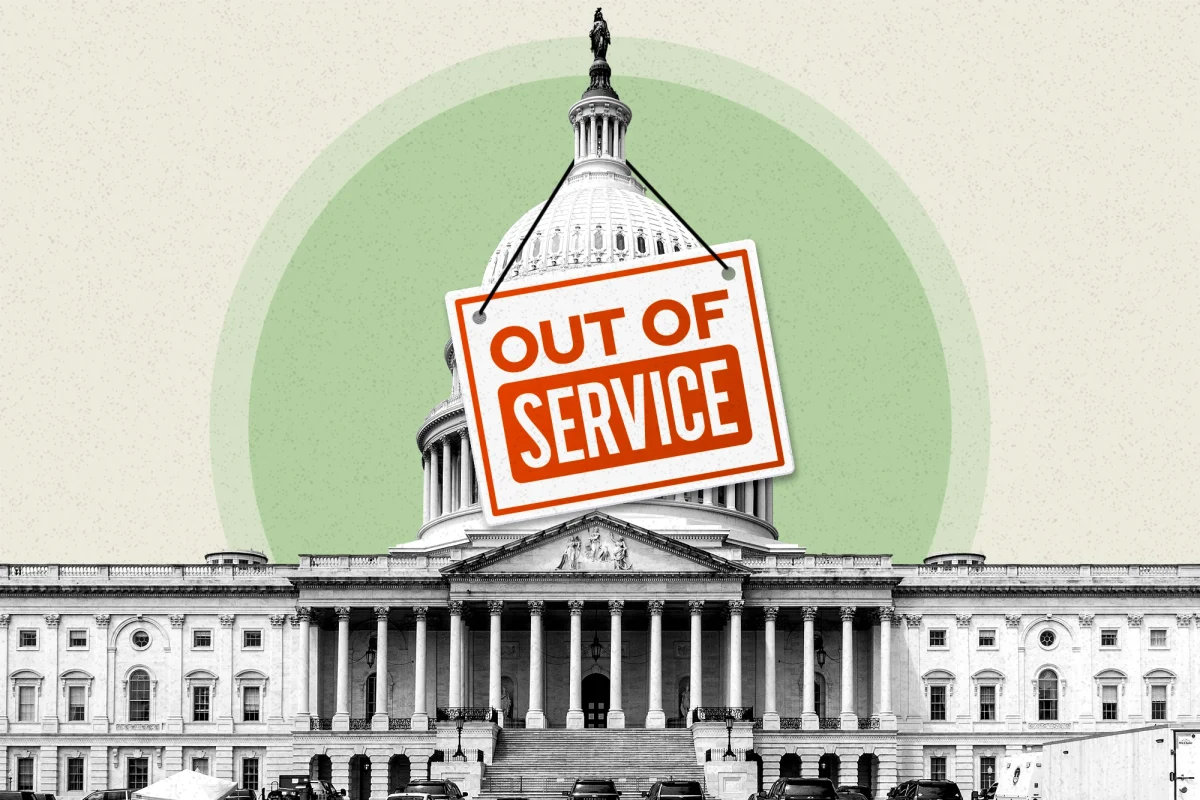On Sept. 30, the U.S. government announced a shutdown after it failed to reach an agreement with budgeting for this upcoming fiscal year.
During a government shutdown, many federal workers are advised not to attend work. However, those who are considered essential, for example TSA, work without pay. They receive that pay when the shutdown is over.
The president and members of Congress will continue to receive their paychecks because it is constitutionally protected.
Medicare and Social Security will continue to be funded because they have already been authorized by Congress and do not need further approval.
The last government shutdown was under President Trump’s first term, between December 2018 and January 2019. The historic shutdown lasted a record-breaking 35 days, which was carried out due to disputes regarding funding the U.S.’s construction of a border wall along the U.S.-Mexico border.
Federal workers are expected to face massive layoffs, according to statistics found by Pew Research Center.
The newest shutdown is due to being unable to pass funding— known as appropriations— for the upcoming fiscal year. In the government, the year begins on Oct 1.
Fiscal years are accounting periods that stretch over 12 months, often created by businesses or governments who wish to not follow the Jan. 1 to Dec. 31 timeline.
The current fiscal year was first implemented in 1974 from the Congressional Budget Act of 1974. Since its first enactment, Congress has only passed four appropriations all on time. It is common for Congress to instead pass funding in a series of late budget blueprints, temporary spending measures or packages to help keep the government functioning.
The traditional timeline is as follows:
First Monday in February
The president submits a budget proposal to the House of Representatives and the Senate.
On May 2, the Office of Management and Budget under President Donald Trump’s Executive Office wrote a letter to Chair Susan Collins, the Chair of Senate Appropriations Committee.
The letter is in regard to President Trump’s recommendations on the funding for the 2026 fiscal year written by Russel T. Vought, the Director of the Office of Management and Budget and the co-author of “Project 2025,” a written policy agenda that would reconstruct the powers of each branch to center more toward Conservative beliefs.
“The recommended funding levels result from a rigorous, line-by-line review of FY 2025 spending, which was found to be laden with spending contrary to the need of ordinary working Americans and titled toward funding niche non-governmental organizations and institutions of higher education committed to radical gender and climate ideologies antithetical to the American way of life,” Vought said in the letter.
Six Weeks After the President Submits a Budget
The House and Senate committees begin to submit their opinions and estimate costs to the budget committees.
April Through June
The Senate Budget Committee submits a report on the budget. The House and the Senate must agree on the budget. By June, the House must complete their actions on all of their funding bills.
By Oct. 1
The fiscal year officially begins. It is recommended that the annual appropriations are enacted.
According to the Pew Research Center, this year was considered unusual. In April, Congress adopted its budget resolution for the upcoming year, only a month after passing its full-year funding bill. Researchers believed this could have been done to help push funding towards President Donald Trump’s domestic policy agenda.
Since the shutdown, there has been a rise in tensions between Republican and Democratic lawmakers.
To pass the appropriations bills, it is required for 60% of the Senate to agree. Republicans have the majority of the House and Senate; however, Republicans do not have enough power to simply pass funding bills by themselves; they must be reliant on cooperating with Democrats and their needs to pass the bills.
However, Republicans refused to adopt policies requested by Democrats— such as health insurance subsidies for lower-middle class Americans— and Democrats refused to vote for the funding brought forth by Republicans, leading to a shutdown. It is not unclear as to how long the government will last, but to reopen, Congress must pass the funding, and the President must approve of the appropriations bills. This will fund departments and increase functionality within the government to move properly again.









